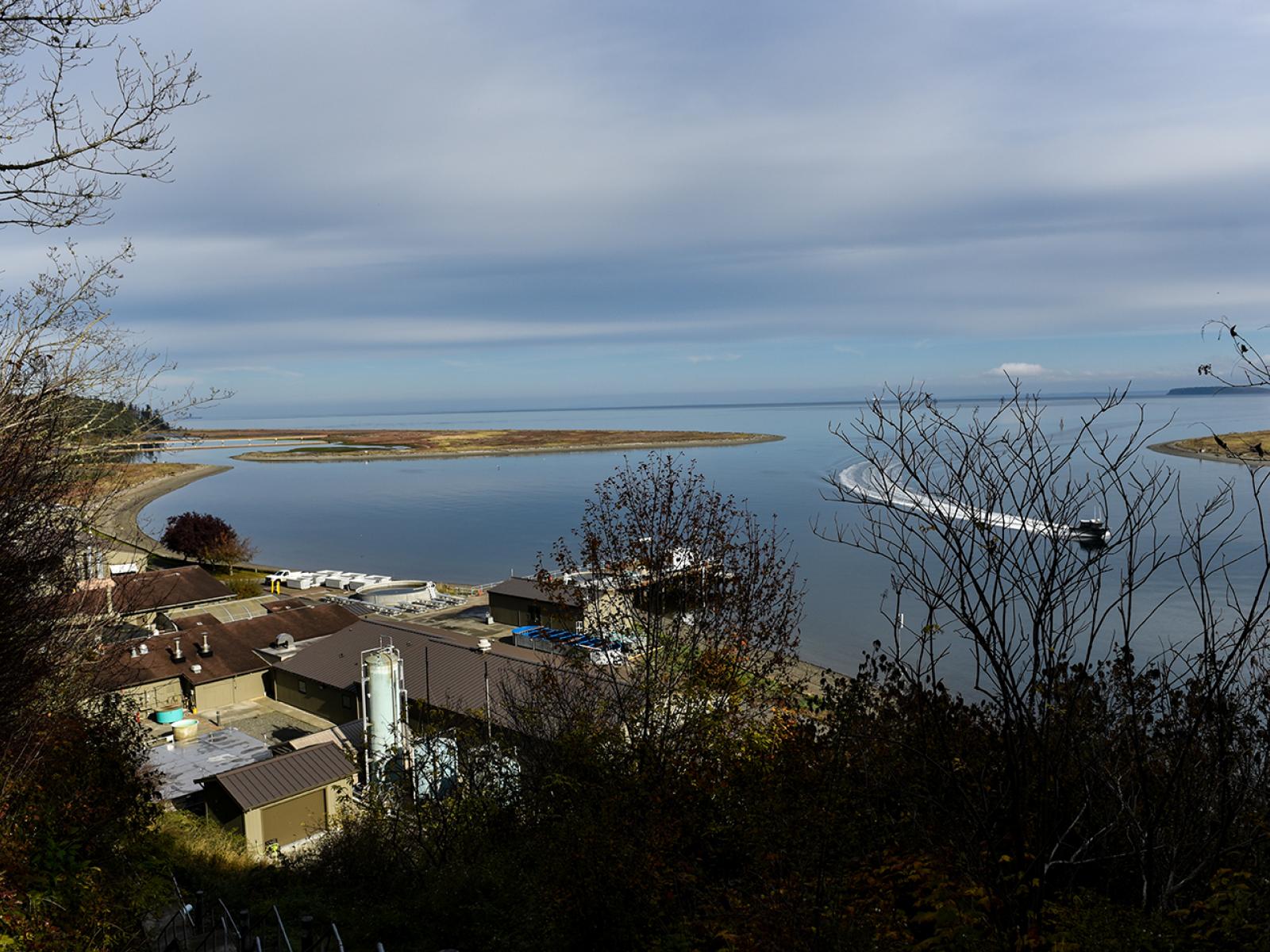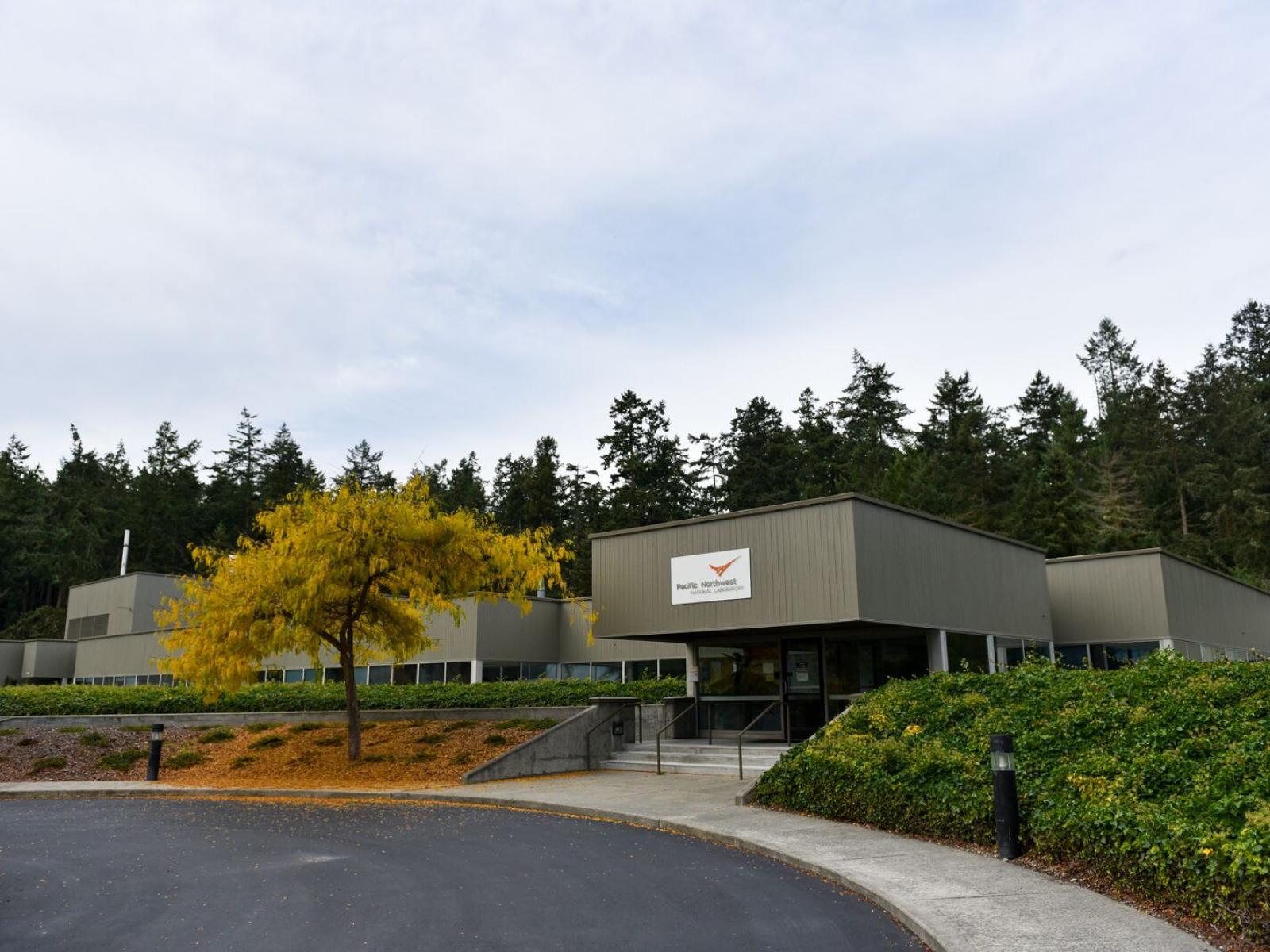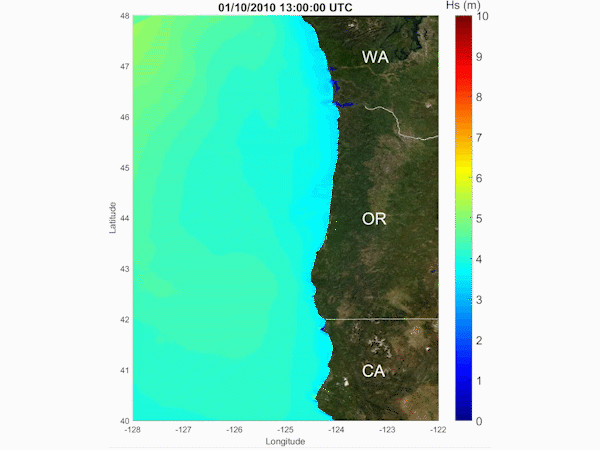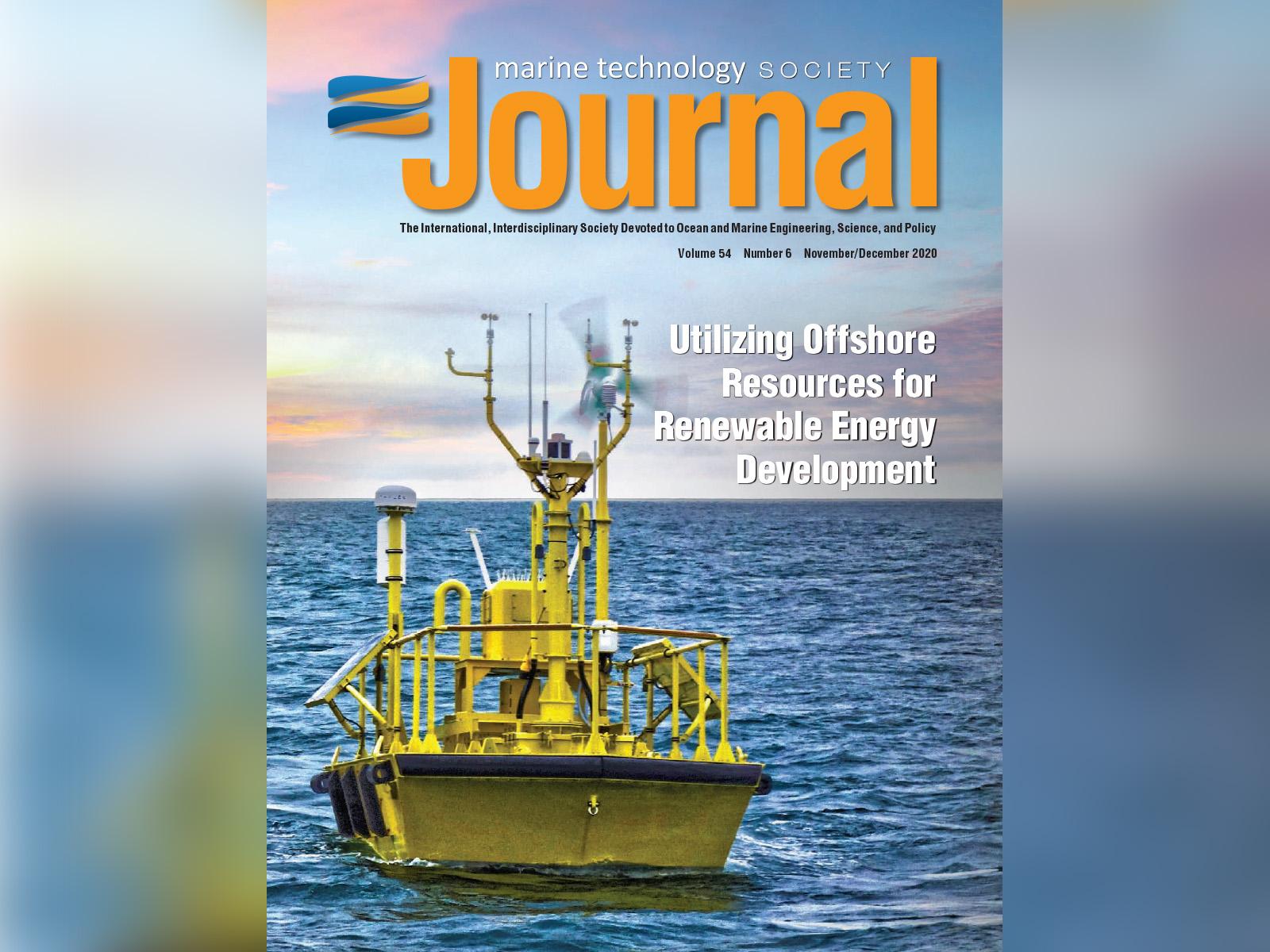The Atlantic Marine Energy Center (AMEC), led by the University of New Hampshire, is working to develop the technology and skills that will help unlock the power of the sea as a renewable source of energy.
Tag: Blue Economy
Research Vessel Resilience Charts Course to the Future of Marine Research
SEQUIM, Wash.—Officials gathered at the Sequim campus of the Department of Energy’s Pacific Northwest National Laboratory today to dedicate DOE’s first hybrid-electric research vessel, RV Resilience.The event marks the start of a new era of marine energy research at PNNL-Sequim, part of DOE’s Office of Science national laboratory system and Resilience’s new home port.
New Generator Rolls into Ocean Energy
New PNNL-developed nanogenerator harnesses the renewable energy in ocean waves to power sensors that provide critical weather and wave information.
Simple Process Extracts Valuable Magnesium Salt from Seawater
A new, simple, and efficient flow-based method allows researchers to pull a useful magnesium salt from natural seawater using easily available chemicals.

Mentoring the Next Generation of Marine Researchers
Program pairs PNNL experts with aspiring UW undergraduates who learn through doing on laboratory projects.

PNNL Makes Waves in New Issue of Journal of Marine Science and Engineering
A new journal issue is dedicated to highlighting the Triton Initiative’s recent work advancing environmental monitoring of marine energy.
UNH-led Atlantic Marine Energy Center Receives Nearly $10 Million From DOE
The new Atlantic Marine Energy Center (AMEC), led by the University of New Hampshire in partnership with several East Coast universities, has been awarded $9.7 million over four years from the U.S. Department of Energy (DOE). The center will focus on research and development to address ongoing needs for sustainable renewable ocean energy. It will be one of only four National Marine Renewable Energy Centers (NMREC) in the country.
Waste to Energy: Biofuel from Kelp Harvesting and Fish
Using existing fish processing plants, kelp and fish waste can be converted to a diesel-like fuel to power generators or fishing boats in remote, coastal Alaska.
Cybersecurity in the Blue Economy
More than two-thirds of the Earth’s surface is covered by the oceans and seas. Over the next decade, these vast waters are expected to add $3 trillion to the global economy by generating electricity using marine renewable energy (MRE) devices. These “blue economy” technologies harness power across waves, tides, and currents that could reduce the carbon footprint from energy production and provide grid stability to remote coastal communities.

Marine and Coastal Research Laboratory—Past, Present, Future
The Marine and Coastal Research Laboratory in Sequim, Washington, is the U.S. Department of Energy’s only marine research facility. It has a rich history and expanding research scope.

Researchers Identify Which West Coast Regions Hold Greatest Wave Energy Potential
Washington and Oregon coastlines hold most promising areas to pull power from West Coast waves, according to a recent study on wave energy.

Renewable Energy Advances in Marine Clean Energy
A special issue of the Marine Technology Society Journal focuses on research and development efforts among industry, academia, and national laboratories, including PNNL. The issue was guest edited by Alicia Gorton, a project manager and ocean engineer at PNNL.